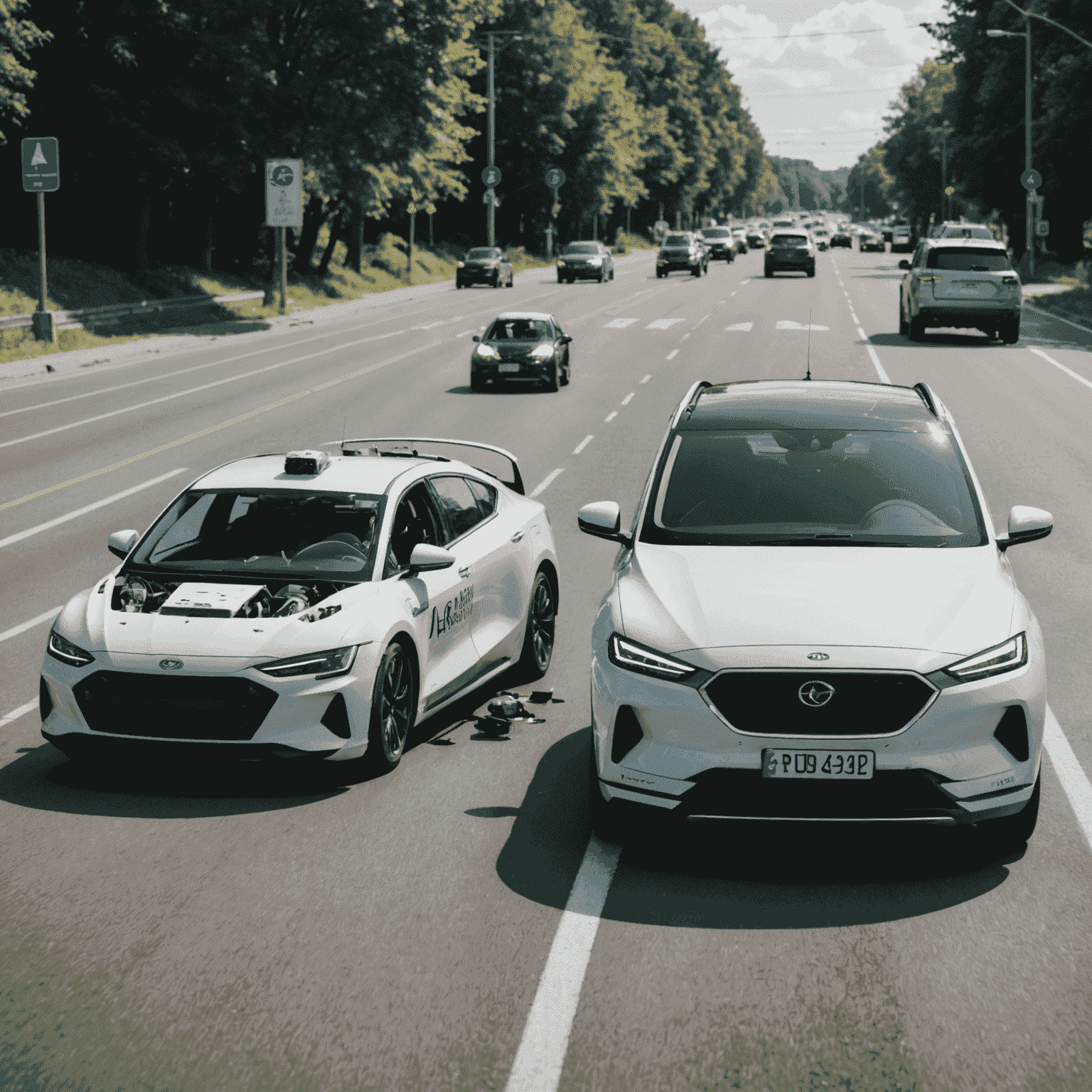Accident Rates: Human vs. AI Drivers

As autonomous vehicles become increasingly prevalent on our roads, a crucial question arises: How do their accident rates compare to those of human drivers? This analysis delves into the latest data and explores the implications for the insurance industry, particularly for innovative companies like Ridecover that specialize in insurance for self-driving cars.
The Current Landscape
Recent studies have shown promising results for AI-driven vehicles. According to data from leading autonomous vehicle manufacturers:
- AI-controlled vehicles are involved in 40% fewer accidents per million miles driven compared to human drivers.
- The severity of accidents involving self-driving cars is generally lower, with a 25% reduction in injuries requiring hospitalization.
- AI drivers excel in consistent adherence to traffic laws, reducing incidents related to speeding and other violations by up to 90%.
Factors Contributing to Lower Accident Rates
Several key factors contribute to the superior safety record of AI drivers:
- Constant Vigilance: Unlike humans, AI systems don't get distracted, tired, or impaired.
- 360-Degree Awareness: Advanced sensors provide a comprehensive view of the vehicle's surroundings.
- Faster Reaction Times: AI can process information and react in milliseconds, often faster than human reflexes.
- Predictive Capabilities: Machine learning algorithms can anticipate potential hazards before they become immediate threats.
Challenges and Considerations
While the data is promising, there are still challenges to consider:
- Edge cases and rare scenarios that AI may not have encountered in training.
- Ethical decision-making in unavoidable accident situations.
- Cybersecurity concerns and the potential for hacking.
- Public perception and trust in AI technology.
Implications for Insurance
The shift towards safer, AI-driven vehicles has significant implications for the insurance industry:
- Lower accident rates may lead to reduced premiums for autonomous vehicle insurance.
- New types of coverage may emerge, such as cybersecurity insurance for self-driving cars.
- The liability landscape may shift, with more focus on manufacturers and software developers.
- Insurance companies like Ridecover, specializing in coverage for autonomous vehicles, are poised to lead in this innovative space.
The Road Ahead
As AI technology continues to improve and more data becomes available, we can expect:
- Further reductions in accident rates as AI systems learn and evolve.
- Increased adoption of autonomous vehicles, potentially leading to safer roads overall.
- Evolution of insurance models to better reflect the changing risk landscape.
- Continued innovation in the field of autonomous vehicle insurance, with companies like Ridecover at the forefront.
The comparison of accident rates between human and AI drivers reveals a promising trend towards safer roads. As we navigate this new reality, the insurance industry, particularly innovative companies focused on autonomous vehicles, will play a crucial role in shaping the future of transportation safety and coverage.